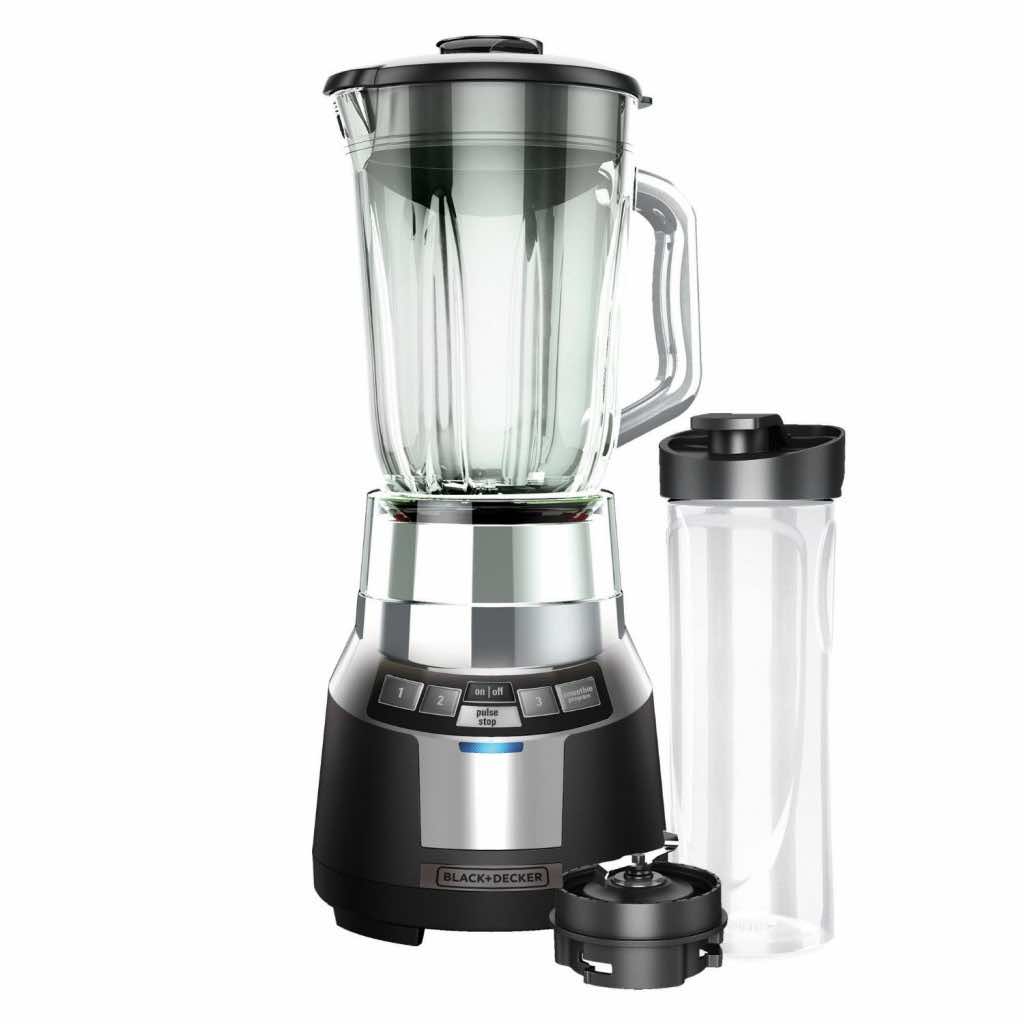

To explain what happens to your food when you blend it, let's follow the path of a strawberry that you drop into the jar with other ingredients to create a delicious smoothie. The shape of the jar plays a part in the blender's efficiency, too - tapered jars, the most effective shape, funnel food down into the blades. This results in more contact between the food and the blades. Most configurations consist of four blades arranged in multiple planes and set at different angles. The blades of a blender are constructed of stainless steel for durability and maximum sharpness. In some models, this piece serves a dual purpose as a measuring cup. The lid usually has a removable piece called a fill cap, which allows you to add ingredients without stopping the blender. The lid forms an airtight seal on the jar - prepare to wipe down your walls, counter and floor if you forget the lid on a full blender. The coupler connects to the motor, and this is the device that controls the movement and speed of the blender. The assembled jar snaps onto a coupler, also known as a clutch or a serrated drive, depending on the manufacturer, which protrudes from the housing and attaches to the blade.


 0 kommentar(er)
0 kommentar(er)
